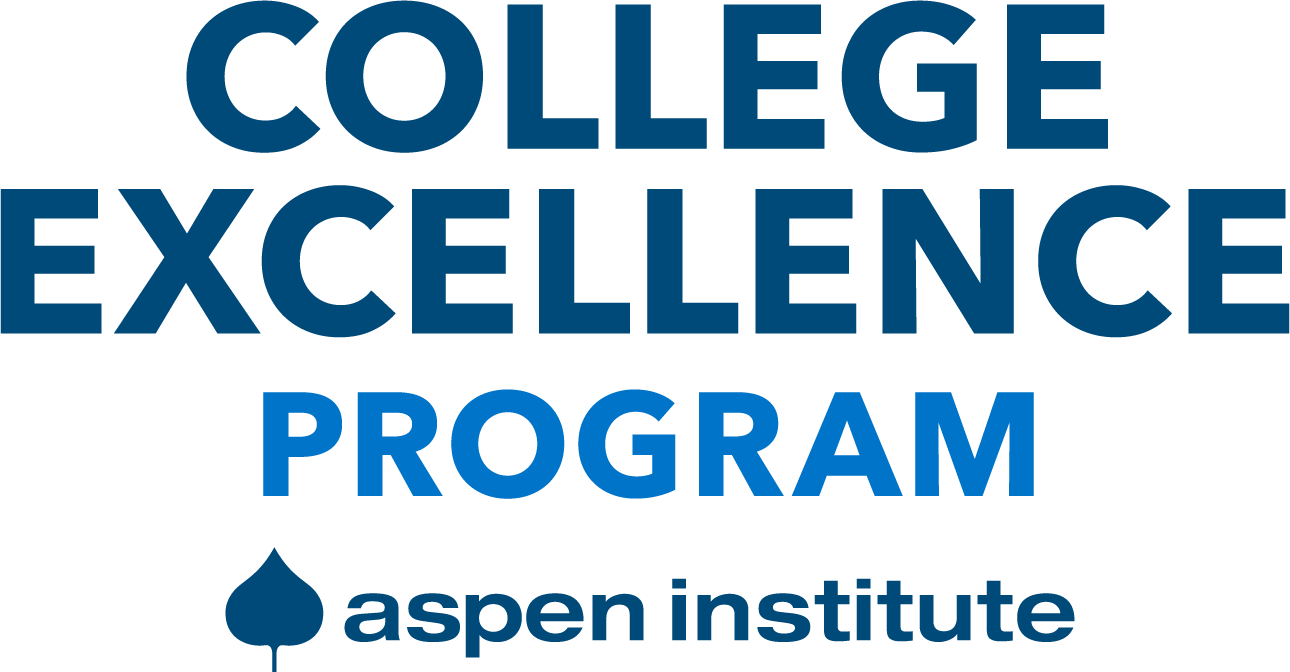
Human Capital Assessment Tool
This tool will help leaders to reflect on how current human capital practices are leveraged to support systemic and scalable student success reforms.
The items in the following assessment tool reflect strong practices observed through Aspen’s research and direct engagements with excellent community colleges, which we define as those achieving high and improving levels of student success (1) both while in college and after graduation (2) overall and for students of color and low-income students. The assessment tool is organized in several domains of practice emerging from Aspen’s research and prompts users to rate their institution’s adoption of each item within each domain. Once complete, a summary of scores will allow colleges to identify strengths and weaknesses in specific practices aligned to each item and also to observe which domains most need improvement.
In this assessment tool, the term “student success” has the following meaning:
- Success in college: Students (1) learn and (2) complete credentials.
- Success after college: Students (1) get good jobs and/or (2) transfer and attain a bachelor’s degree.
- Equitable outcomes and access: For Black, Hispanic, Indigenous, and low-income students, the college ensures high absolute rates and minimizes gaps in (1) learning and completion outcomes for students in college, (2) transfer and workforce outcomes for students after college, and (3) enrollment of different demographic groups relative to the college’s service area.
Directions: Assess the extent to which your college engages each of the following practices, according to the scoring rubric.
Human Capital Assessment Inquiry Guide
Human Capital Assessment Inquiry Questions
Based on your Aspen human capital assessment tool results, where is your college strongest and weakest?
- In establishing a vision for human capital that is owned at the senior team level and has clear priorities for faculty, staff, and leaders? In what particular questions/domains?
- In recruitment, hiring, and onboarding processes aligned to priorities for human capital at the faculty, staff, and leadership levels? In what particular questions/domains?
- In professional development practices that promote the skills and practices aligned with prioritized reforms and a culture of continuous improvement? In what particular questions/domains?
- In retention, promotion, and tenure practices that reward efforts to improve student outcomes and enact priority reforms? In what particular questions/domains?
How effective is the college’s current approach to human capital?
- What are the most effective ways your human capital practices have advanced improvements and equity in student outcomes? Consider the full cycle, from recruitment through incentives. What evidence do you have? How well aligned is your answer with the Aspen assessment results?
- In what ways are your human capital practices not aligned to your efforts to achieve higher and more equitable student outcomes? How are your practices working against your reform priorities? Where are you not doing enough? What evidence do you have? How well aligned are your answers with your Aspen assessment results?
What do the assessment results and your answers to the questions above reveal about how effectively the president and other senior leaders employ human capital as a strategy for reform?
- Is a documented human capital strategy being intentionally advanced and is progress being monitored?
- Is a cabinet-level leader responsible for implementing a human capital strategy and implementing related priorities?
- In what domains specifically would it be most important for the president and senior team to improve (recruiting, onboarding, hiring, professional development, incentives/promotion)?
- Is adequate attention being paid to human capital at the presidential and senior team levels?
If multiple people took the assessment, are there any areas of disagreement?
- In which areas?
- Why might this be? Could the disagreement reflect fundamental differences in what people believe constitutes effective human capital practices?
- In what areas of disagreement does it matter that everyone is on the same page?
Next Steps
- What 1-5 most important things have you uncovered about your approach to human capital from your assessment tool? How do those things relate to advancing priority student success reforms?
- Among the areas of strength, what do you want to keep doing and perhaps enhance?
- Among the areas of weakness, what few changes would make the biggest positive difference?
- What challenges do you have (or anticipate) in further implementing a strong human capital strategy, and how might you address them? As much as possible, identify specific audiences (e.g., faculty of a specific department, academic deans, financial aid advisors, the president) and define specific challenges associated with each.
- What immediate next steps will you take to ensure action on these lessons learned?
